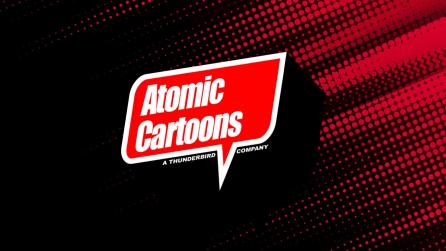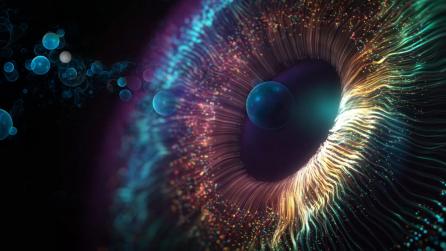Matteo Caruso’s journey to a creative career was written in the stars, it seems.
Now a Senior Lighter in the animation industry, Matteo’s artistic calling started when he was young, based in Frosinone—a small town near to Rome, Italy.
“I always wanted to draw,” he tells us. “Ever since I can remember, I loved art and drawing. It was a sort of link that I could create between me and matter.”
Inspired by his Grandpa—himself a carpenter, an artisan of wood—Matteo began to draw regularly, eventually going on to study fine art at the Accademia di Belle Arti. From here, Matteo’s creative endeavours took on an extra dimension.
“It was at Accademia that I was introduced to 3D for the first time,” he explains. “I was completely absorbed by the great painters of the past and trying to find my own voice, when a guy told me about 3D software. At the very beginning I wasn’t overly enthusiastic and a bit afraid to try something new, but when he showed me what could be possible, it blew my mind.”
“The rest is history, but after all these years I still feel myself in the same way—like an artisan, but one that uses a virtual tool. I might not be a carpenter like my Grandpa, but I’m proud to be a 'virtual artisan'”.
Matteo has since worked at different studios such as Illumination Mac Guff in Paris and Rainbow CGI in Rome, creating across feature films and TV shows including Sing, Despicable Me and 44 Cats. Despite a varied career, one thing has remained a constant for Matteo in supporting his creative process: look development and lighting tool Katana.
We caught up with Matteo to discuss his creative approach to projects armed with Katana, his role as an educator at Rome’s Art School Artithesi, tips and tricks for burgeoning artists and what he thinks the future holds for the visual effects industry.
Q: What projects are particularly proud of—both personal and professional—and why?
A: The project that means the most for me, and defines my career, is Mila. I started on it in 2015 as part of my first role in lighting. At that time I was more of a generalist, and lighting was just a wish for me.
Fortunately the director of the short, Cinzia Angelini, decided to let me get onboard and from there everything progressed naturally. My first position in the short was in the finishing department. Five years later I'm in charge as Lighting Supervisor of the remote crew.
This project has driven me throughout the years since, and the more I was able to do within the team, the more I grew in my career. Without Mila I probably wouldn't have a career today; without the brave decision of Cinzia Angelini I would not be working in lighting today.
In Mila everything has been a big challenge. It's a volunteer project shared amongst 350 artists across the globe with a very experimental remote pipeline, established ten years before COVID-19 hit. Up until last year, when Cinesite jumped in to help us finish the work, we spent all our spare time on Mila, fixing and sharing. I remember there was one particular shot that took my workstation 40 minutes to start— during the lighting on this particular shot, I didn't shut down my PC for two and a half months.
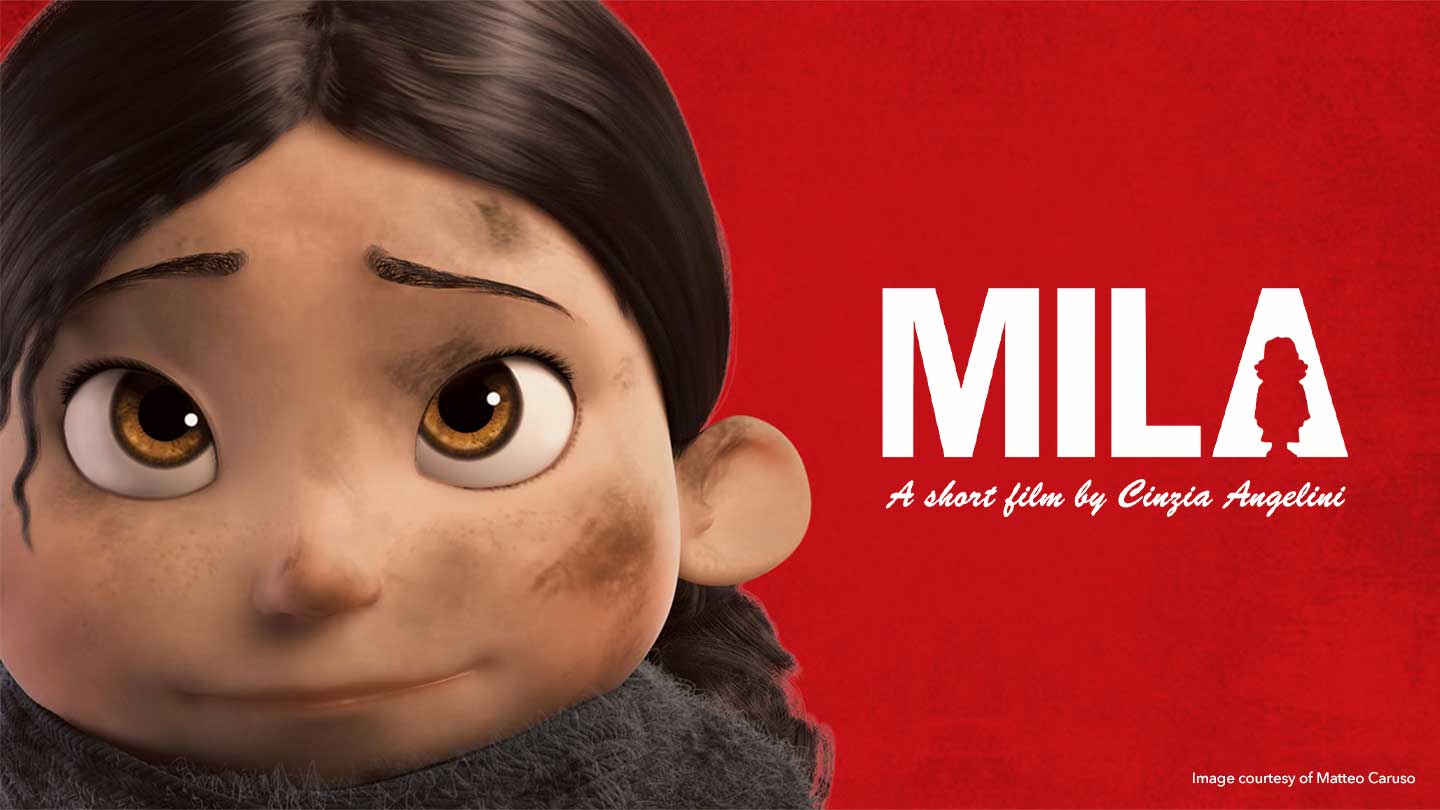
Q: Can you give some insight into your role as an educator for Artithesi —mission, aims and accomplishments?
A: I taught for many years in different universities here in Italy before arriving at Artithesi School where I can be not only a teacher, but a student at the same time.
The only way to prove to yourself that you really know something in-depth is to try to teach it to someone else. This is crucial in my job, because 90% of the time we’re learning something new. During production the only way to achieve the desired result is to study new strategies and solutions; each show is different from the previous, so to learn and to teach are different sides of the same coin.
In Artithesi I’ve had the opportunity to teach in a very honest way, trying to share my knowledge with other artists around the world. Katana has been the perfect match for this new adventure, because when I started to learn it, finding good content wasn’t so easy. So I decided to give back something to the other artists with a Katana course, which is mainly focused on how lighters perceive Katana compared to other software. See an intro to the Katana course.
Katana is a really specialized, powerful tool and I find it hard on occasion to use it in production, especially in a country like Italy. So I wanted to create a simple, clear path for artists to prepare them for something new, so they can skillup with one of the best software in the industry.
Q: What tech trends have you seen emerge over time in the VFX industry, and how have these affected your approach to projects in look development and lighting?
A: There are three major technical changes I’ve seen emerge: path tracing (unbiased rendering), GPU rendering for render engines and virtual production. Three different areas, but they’re similar in that they point to the same direction: craft work and cinematography.
Usually we think that tools and software are developed from abstract ideas and that when something new arrives in the industry, it’s completely new and never-before-seen, but we’re wrong. The truth is that when computer graphics started, we didn't have enough affordable hardware resources. Nowadays, hardware and consequently software is much more powerful and affordable and we can finally go back to the original cinematography world. The Lion King is testament to that, The Mandalorian as well; technology continues to grow in a way that tries to mimic reality as much as possible. For me, that’s huge, because coming from a fine art background it means I can finally work more easily in production. The gap between art and technology is always thinning, and at the end of the day, what’s really important is just art.
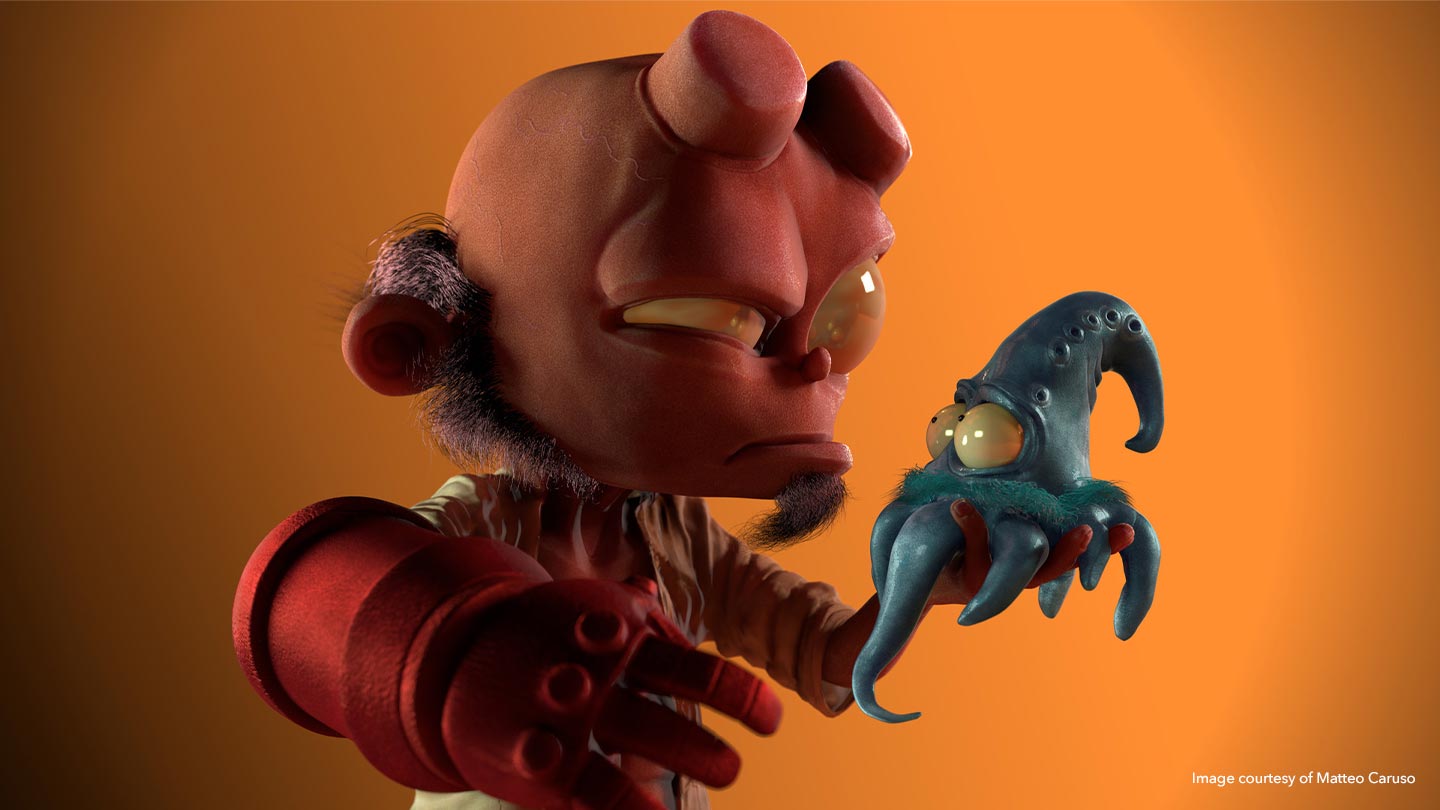
Q: Can you give some insight into your experience working with Katana? Do you use it in combination with any other software?
A: Katana is very versatile. I used it in combination with Maya, Blender, Zbrush—everything! Each time I have to start a new lookdev or shot, my approach is always the same: first I'd like to create the best template possible. Sometimes it’s possible to re-use an old one, but for any project I try to have something new.
After that I quickly set up my nodes. With bake nodes, it’s so easy and fast to have your geo, materials and instances. Katana ingests everything really smoothly and you’re ready to go. After that, the fun part starts; with the interactive tools I try to achieve a quick raw set up for my lighting and then I multiply gaffers as many times as I need for my light condition. In my gaffer copy I start to put some variations and specific tweaks to test some specular or material in general.
At the end I set up all my render nodes with different cameras in order to see multiple images from my settings. Whatever your pipeline or workflow, Katana is ready to ingest everything quickly and safely.
Q: How does it support your artistry, and approach to creative projects?
A: The thing that I love most about Katana is that it helps you to completely forget what is under the hood. When you press the live render button in your hydra viewer, everything disappears and you are just with your own art. This is crucial in an industry which is always oriented around speed and quota; Katana provides a very artistic approach and sets me free from annoying, old techniques that eat time. Katana is a warm tool, like my grandpa’s hummer—you can feel it and use it but you don’t have to constantly think about it during your work. Katana in combination with Arnold or RenderMan is so fast, making me feel as though I’m in front of a canvas. I don't have to see any gray mesh or similar; when I'm lighting in Katana, it’s 'pure color' only—just me and art.
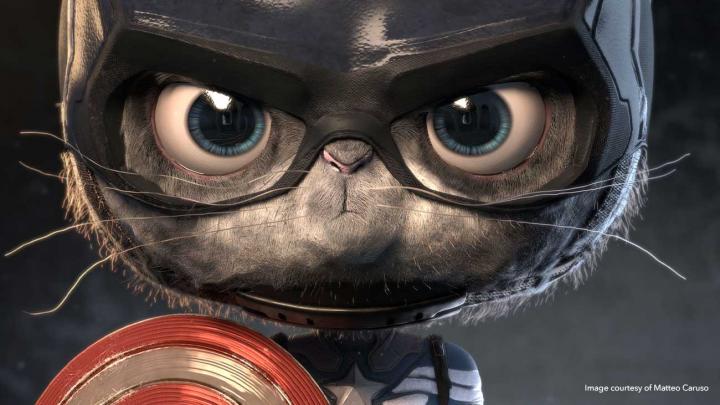
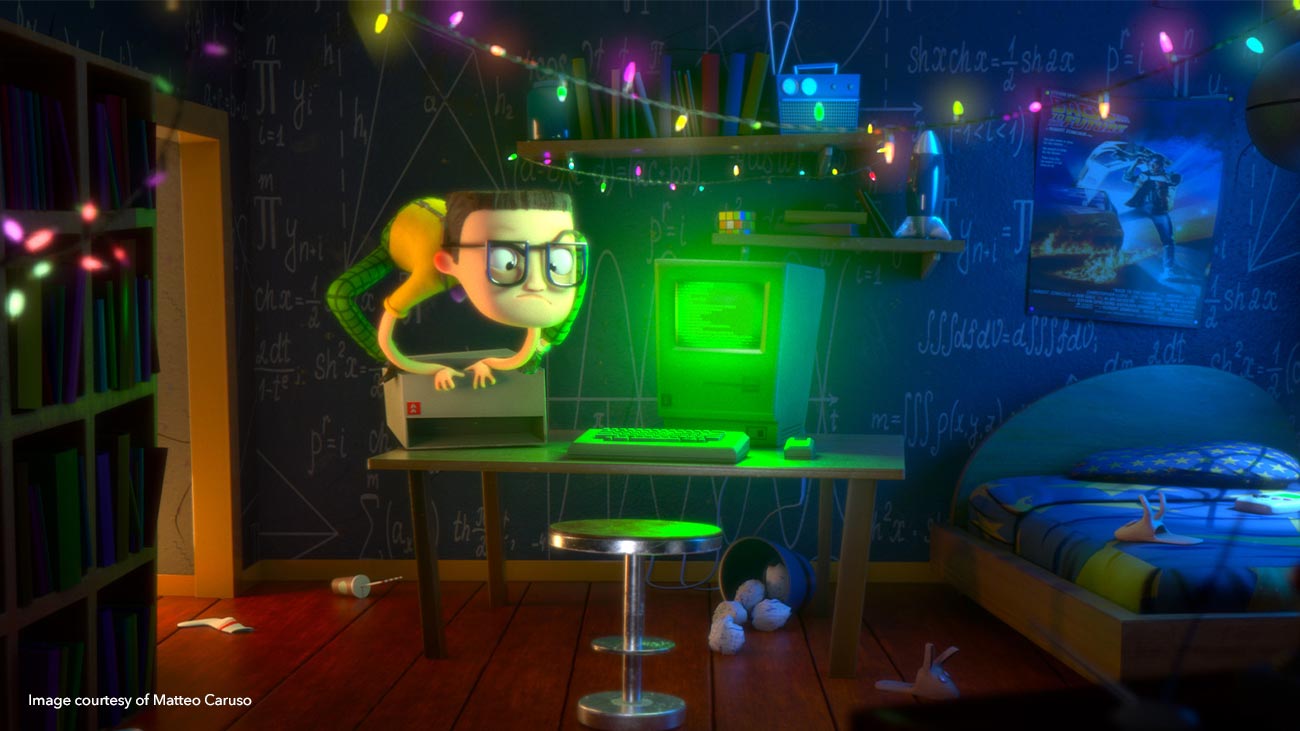
Q: What are you enjoying most about the version of Katana you’re working in, and what would you like to see beyond these?
A: Easy—the new snapping features in Katana’s lighting tools are incredibly fun to use and very handy. Following on from the previous question, having tools that facilitate fast, experimental workflows is crucial for look development and lighting artists but especially for ‘shot light’ artists. Often we underestimate the job that shot artists do. You can have a great key light and a really strong color key, but without a good shot artist that translates the DP and Director’s vision, you don’t have consistency nor a good frame.
Because of tools like the snap shadow or specular, Katana 4 makes it easier to find the best lighting possible in every frame. You also have more freedom to find different solutions and this is my concern when lighting: how can I give more depth to this image? How can I better serve the story? Story should come above everything, and Katana is the perfect tool to do that.
Another great tool is the Hydra viewer. Finally I don't have to navigate into ten floating panels in order to find my gaffer, or to try and tweak some parameters on a shader. All you need is in front of you and with just a few clicks you can put new lights, change color, exposure and all you want on your gaffer without losing speed.
What I’d like to see in the future is pretty straightforward: a better integration with all the main render engines for AOV’s , extended documentation and integration—perhaps a simple tab with the collection of all the ACES profiles for a simple-to-use and a direct bridge with Mari/Substance.
Q: What do you think would surprise artists about Katana who haven't used it?
A: Katana 4 has a lot of features and really lovely tools that make lighting a very fun experience. But I think that the best part of Katana is not what’s on the outside but what instead is hidden inside—its logic. The base logic of Katana is huge; with nodes you can easily do and replicate everything, with no limits to your workflow. The key is to try to use Katana at home, with a normal workstation—you'll be really surprised about the scalability of the logic and adaptability of the hardware needed by Katana.
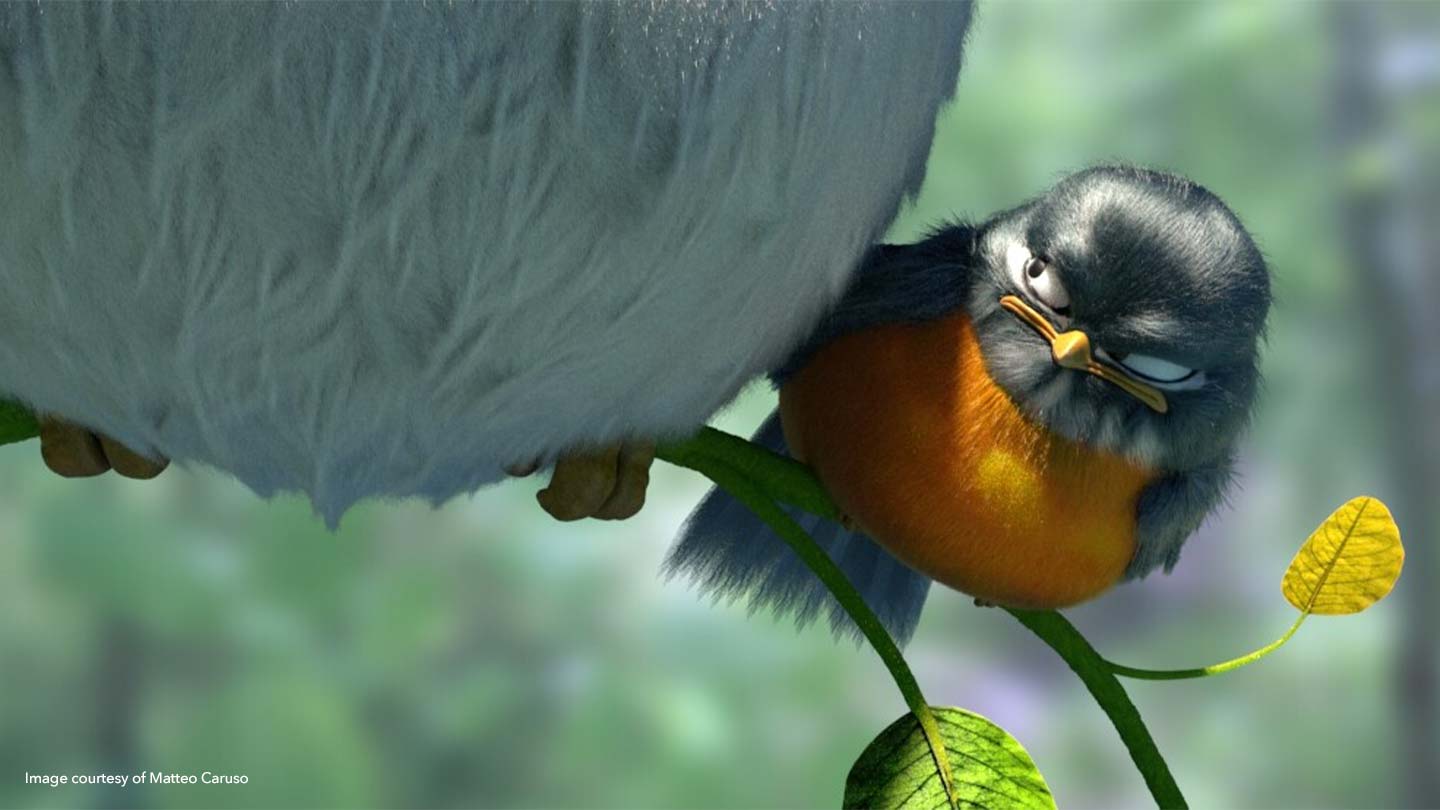
Q: With the mass move to remote work necessitated by COVID-19, how has Katana supported this shift in workflow for you?
A: COVID has undoubtedly been a huge challenge for our industry, and I have had the opportunity to work remotely. Unfortunately, nowadays I’m not working in lighting with a Katana pipeline, and this is a real pain sometimes. Katana should be the tool to use remotely because it’s so robust and having that consistency is key, especially when you need to jump in to show new artists that you can't physically meet. In this case Katana fits perfectly and boosts the implementation in production for people that are starting without knowing the show, either technically and artistically. Katana has a strong inheritance system for gaffers, so it's impossible to mess it up.
Q: What opportunity for Look Development do you find in Katana that you do not find in other tools?
A: The main one for me is the massive render output that you can have simultaneously from different camera angles and with variation from your assets. When you have a good setup with variables you can achieve fast variations, which makes your workflow flexible and ready in just a few clicks.
Q: Do you have tips and tricks for burgeoning artists looking to invest in Katana for look development and lighting?
A: Don't approach Katana like other 3D software; think of it more like the Japanese sword (like its namesake): very precise and sharp, but dangerous if you don't handle it the right way. Start with simple templates and basic scenes in order to understand how it works, and be very organized and clean. Half of Katana’s power is in the naming convention; be prepared to work smarter and more efficiently.
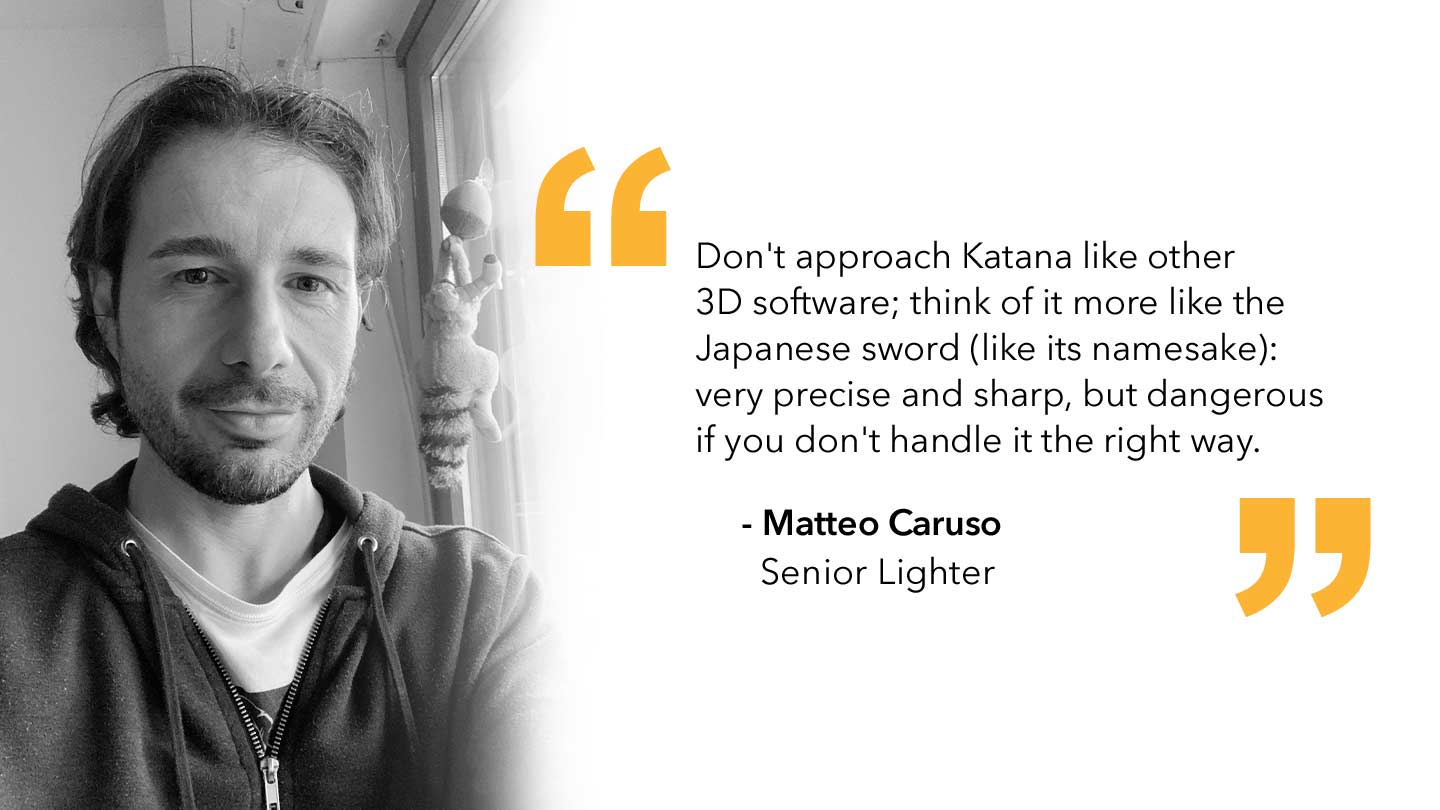
Q: Do you have any wider tips for artists looking to break into the VFX industry, and specifically look development and lighting? What type of opportunities should artists be looking for?
A: Don't focus purely on the software; it’s not a question of which is the best one. It’s always the 'logic' that wins and what the show needs at that moment. If you want to be a good look development or lighting artist, train your eyes in the art and craft of cinematography; study the big masters like Roger Deakins, Lawrence Sher or Vittorio Storaro, and observe and learn from nature.
Look for all kinds of opportunities—learning is a must, especially at the beginning. If you have the chance, look for work with artists much better and experienced than you, and for projects that you love.
Q: What do you think is in store for the future of look development and lighting? How does Katana fit into this, in your opinion?
A: We're living in a new era for lighting. Virtualization of sets is already real and probably will be the future for all kinds of production, including VFX and animation. What we can do with technology today harkens back to the very beginning of the CG, whereby we utilize traditional techniques, but with new tools. Cinematography is the same; yet technology has advanced to make it an easier, faster process.
With COVID-19, a lot of things have changed, and a lot of studios are suffering. I hope that in the near future, software will be developed in a new way to facilitate this migration to remote working. After COVID, we’ll go back to ‘normal’, but it will be different in many ways. Remote working could be a new great tool that can help to create horizontal studios with no need for big, expansive main buildings, but with lots of micro offices across the world with artists working remotely from home or in a co-working space. We’re just at the beginning of this, but I believe that this is the real revolution today.
What Katana can do is develop in that way; integrating virtual tools and new management software. Communication is always crucial in any studio—you have ten chats to talk about day-to-day issues and exchange ideas, but these are often disorganized, distant and distract from your main tool for realizing that idea. I think a system should perfectly integrate to let me talk with my lead, or supervisor, or another artist, directly from my template without specifying my problem or what I'm doing. Instead, it just connects me and my script to another artist via a virtual chat, or technician with a 'contextual' click on the interest node.
Other things that would be a plus for Katana to have would be integration with 3D painting tools, UV interface in Mari, and compositing tool Nuke. For me, the future leans toward simplifying workflows and processes. USD is a great start, but changing software to do different things can get tiresome, and you lose your focus. If I use 3D tools in Nuke, why can I not also use 3D tools in Katana? If I need a quick retouch on a map for SSS in Katana, why can’t I use the great paint tools in Mari? Katana is a great tool and very malleable; it definitely has the potential to meet all these new needs.
